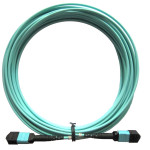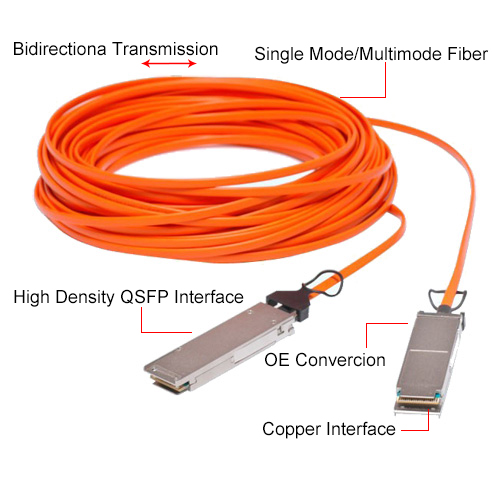- Do not placing the multiple bundles or over-bunding the cables, it might increase the loss of the cable, or damage the jacekt.
- Avoid over bending the fiber cable, it is not copper cable, and considering to use bending insensitive cable to avoide bending loss
- Avoid mounting cabling components in locations that block access to other equipment (power strip or fans) inside and outside the racks.
- Make sure not run the fiber and cable in the same raceway, copper cable is heavy and might damage the fiber cable
- Keey about 10% for spare, do not use the maximu lengths it can reaches
- Install higher cable types (OM3, OM4 or OM5 only), It will meet current and future application requirements, easy for future system upgrade
- Cabling installations and components should be compliant with industry standards.
- Don’t stress the cable by doing any of the following.
- Applying additional twists
- Pulling or stretching beyond its specified pulling load rating
- Bending it beyond its specified bend radius, and certainly not beyond 90o
- Creating tension in suspended runs
- Stapling or applying pressure with cable ties
- Avoid routing cables through pipes and holes. This may limit additional future cable runs.
- Label cables with their destination at every termination point (this means labeling both ends of the cable).
- Test every cable as it is installed and terminated. It will be difficult to identify problem cables later.
- Locate the main cabling distribution area nearer the center of the data center to minimize cable distances.
- Do not route cables such that they block equipment cooling fans and restrict airflow.
- Use thin and high-density cables wherever possible, allowing more cable runs in tight spaces. Ensure the selected cables meet standard specifications.
- Dedicate outlets for terminating horizontal cables, that is, allocate a port in the patch panel for each horizontal run.
- Include sufficient vertical and horizontal managers in your design; future changes may involve downtime as cables are removed during the changes.
- Utilize modular cabling systems to map ports from equipment with high density port counts; as described in the earlier section titled “Cable Management Setup and Configuration”.
- Home
- Блог
- Data Center
- Best Practices for Managing the Cabling During Cable Instllation







